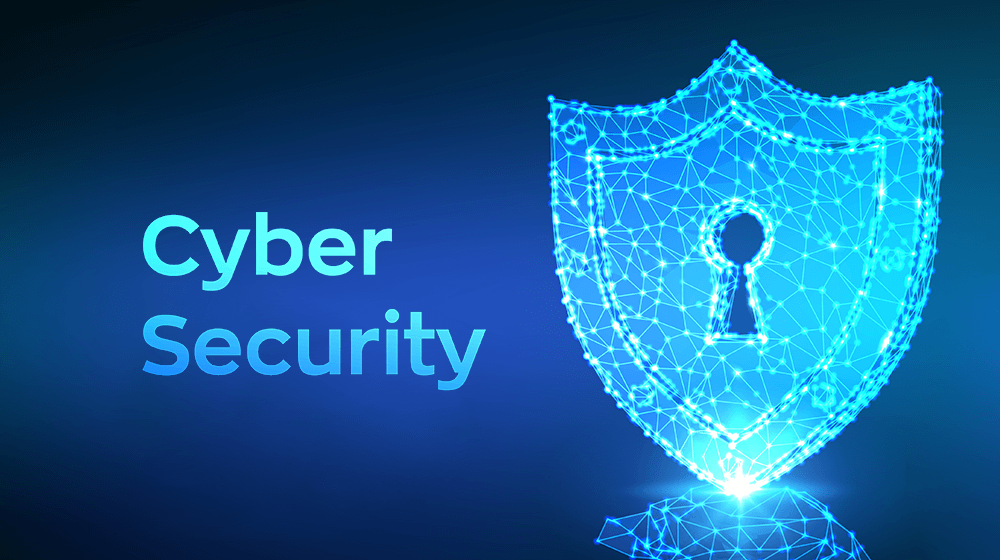In today’s hyper-connected world, where information flows freely and digital interactions are an integral part of daily life, cybersecurity stands as the sentinel guarding the gates of our virtual existence. From financial transactions and personal communications to critical infrastructure and sensitive data, the realm of cyberspace is teeming with both opportunities and threats. In this comprehensive guide, we’ll delve into the multifaceted landscape of cybersecurity, understanding its importance, exploring common vulnerabilities, and outlining best practices to stay safe in the digital frontier.
The Importance of Cybersecurity
Cybersecurity is not just a buzzword; it’s a fundamental necessity in the digital age. The staggering amount of data generated, transmitted, and stored online has led to an exponential increase in cyber threats. From individual users to large corporations, no one is immune to the potential risks. A successful cyberattack can lead to financial loss, identity theft, reputational damage, and even disruption of essential services. Therefore, understanding and implementing robust cybersecurity measures is paramount.
Common Cybersecurity Threats
Malware Attacks: Malicious software, or malware, encompasses a range of threats such as viruses, worms, Trojans, and ransomware. These programs can infiltrate systems, steal data, or lock users out until a ransom is paid.
Phishing and Social Engineering: Cybercriminals often use deceptive techniques to trick users into revealing sensitive information or clicking on malicious links. Phishing emails, fraudulent websites, and impersonation are all part of their arsenal.
Data Breaches: Large-scale breaches involving personal, financial, or corporate data have become distressingly common. Breached information can be sold on the dark web or used for identity theft.
Denial of Service (DoS) Attacks: Hackers flood a target system with traffic, overwhelming it and causing disruptions. Distributed DoS (DDoS) attacks use multiple sources to amplify the impact.
Insider Threats: Sometimes, the threat comes from within. Disgruntled employees or individuals with access to sensitive data might misuse their privileges for personal gain or vendetta.
Best Practices for Cybersecurity
Strong Passwords: Use complex passwords that combine uppercase and lowercase letters, numbers, and symbols. Avoid easily guessable information like birthdays or names.
Multi-Factor Authentication (MFA): Enable MFA wherever possible. This adds an extra layer of security, requiring not only a password but also a secondary authentication method.
Regular Updates: Keep your operating systems, software, and applications up to date. These updates often include patches for newly discovered vulnerabilities.
Firewalls and Antivirus Software: Install firewalls to monitor incoming and outgoing traffic and use reliable antivirus software to detect and remove malware.
Employee Training: Educate employees about cybersecurity best practices. Social engineering attacks can often be prevented with proper training and awareness.
Data Encryption: Encrypt sensitive data to make it unreadable to unauthorized parties. This is particularly important for data in transit, such as online transactions.
Backup Data: Regularly back up your data to a secure location. In case of a ransomware attack or data loss, you can restore your information without giving in to extortion.
Limit Access: Grant access privileges only to those who require it for their roles. This reduces the potential attack surface and mitigates insider threats.
Looking Ahead
As technology continues to evolve, so will cyber threats. The future might bring advancements in artificial intelligence that enhance both cybersecurity and cyber attacks. However, with a proactive approach and a commitment to staying informed, we can navigate the digital landscape with confidence.
In conclusion, cybersecurity is not an option; it’s a necessity. The interconnected nature of our digital lives demands that we remain vigilant and well-prepared. By understanding the risks, implementing best practices, and fostering a culture of cybersecurity, we can collectively fortify our presence in the digital frontier. So, stay informed, stay secure, and embrace the boundless possibilities of the digital age while safeguarding what matters most.
